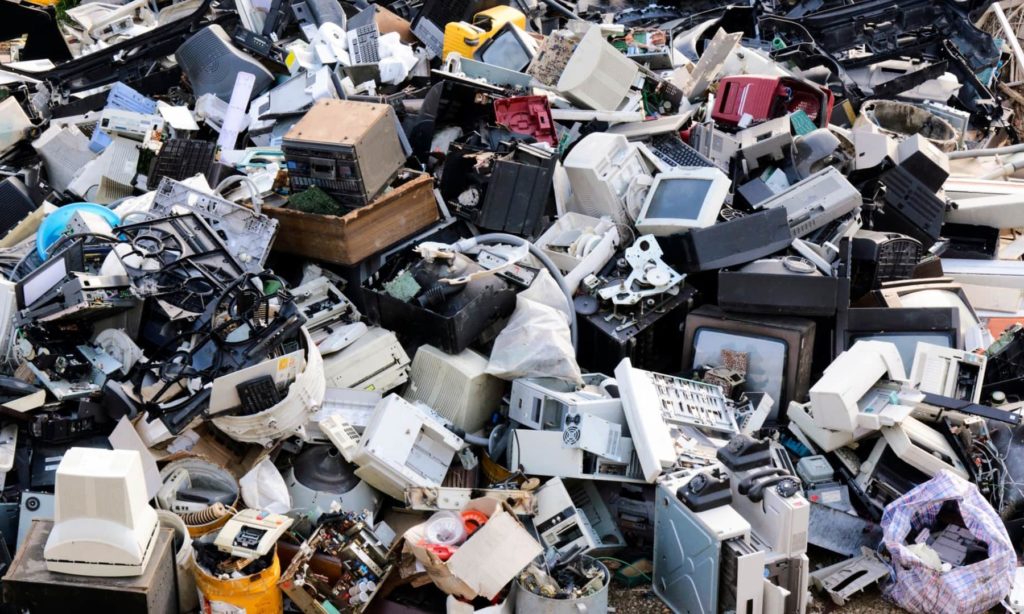

The E-Waste Problem
Introduction
In the past two years, electronic waste (e-waste) has surged at an alarming rate, fueled by rising demand for smartphones, laptops, and other devices. With over 50 million metric tons of e-waste generated globally in 2023, the issue has become a critical environmental and public health challenge. As this problem grows, the need for effective solutions becomes more urgent than ever.
Understanding the Cause
E-waste stems from our society’s increasing reliance on technology. The rapid pace of innovation and the short lifespan of many electronic devices have created a cycle of frequent upgrades and disposals. Meanwhile, planned obsolescence—the practice of designing products with limited lifespans—compounds the issue. Insufficient recycling systems and a lack of consumer awareness exacerbate the problem, leaving a majority of e-waste improperly managed.
What’s Happening Now
Most e-waste ends up in landfills or is exported to developing countries, where informal recycling practices dominate. These methods often involve burning or acid-stripping electronics to extract valuable metals, releasing toxic chemicals into the air, water, and soil. Simultaneously, the unregulated disposal of e-waste in landfills contributes to the leaching of hazardous substances like lead and mercury, endangering local ecosystems and human health.
Efforts to Resolve the Crisis
To combat the e-waste crisis, governments, organizations, and companies are taking action. The European Union has implemented Extended Producer Responsibility (EPR) policies, requiring manufacturers to handle the end-of-life management of their products. Globally, companies like Apple and Samsung have introduced recycling programs and sustainable manufacturing processes.
Innovative technologies, such as AI-based sorting systems and advanced material recovery techniques, are improving recycling efficiency. Community collection drives and public education campaigns are also encouraging individuals to dispose of their electronics responsibly.
The Impact on Lives
The repercussions of e-waste are severe, especially in communities near informal recycling operations. Exposure to toxic substances leads to serious health issues, including respiratory illnesses and developmental disorders. In coastal and rural areas, contaminated water and soil disrupt agriculture and fishing industries, threatening livelihoods. Furthermore, e-waste deprives local economies of the valuable resources that could be recovered through proper recycling.
Building a Resilient Future
Reducing e-waste requires systemic change. Governments must enact right-to-repair laws, allowing consumers to extend the life of their devices. Manufacturers should prioritize eco-friendly designs, including modular components and sustainable materials. Consumers can contribute by repairing electronics, buying refurbished products, and properly recycling old devices.
Educating the public about e-waste’s environmental and health impacts is essential for fostering long-term change. Embracing a circular economy—where waste is minimized and materials are continuously reused—will be critical for creating a sustainable future.
Conclusion
The e-waste crisis is a pressing challenge that demands a global response. While efforts to address the issue are gaining momentum, there is still much work to be done. By reducing consumption, improving recycling practices, and supporting innovative solutions, we can mitigate the impact of e-waste and protect both the planet and its people. It’s time to rethink how we interact with technology and commit to a more sustainable way forward.
Click the button above to support our movement towards environmental justice!